I've been drawing almost daily since I was a kid and while I'm much older now (see my recent birthday newsletter) I still make drawing mistakes.
Here's a sketchbook page I did recently. It has two mistakes. Can you find them?
Creativity, for me, is not about drawing perfectly the first time nor is it about the mistakes themselves. Creativity is a leisurely headspace to just muck about. Anything goes. My sketchbook is a concrete place for this relaxed approach to both trying to make a good drawing *and* to practice how I'll repair and recover from any mistakes so that the finished drawing, hopefully, becomes something satisfying. It's a place to practice being leisurely, not being a perfectionist, to practice just playing and mucking about. Anything worth doing is worth doing poorly at first.
You found the two “mistakes” right? They're where the here and here notes are in the photo … on one of the dragon hands I drew the cup handle and forgot the finger. On the other dragon hand I forgot the thumb.
Okay, my first step, as always, is to not freak when the mistakes happen, to keep drawing and go ahead and get my whole thought drafted. Mistakes are just part of the process. Now I have something to work with and several repair options:
I could use Dr. Ph Martin's Bleedproof white, dip a brush in, and spread it to cover the errant lines. Except the paper in my sketchbook is a cream color so in this case that won't work satisfactorily.
I could use opaque gouache colors and give my dragon and the entire page color all over and in the coloring process also cover my line drawing oopsie. This is an option I've often used but doing that takes time that I don't feel like spending today.
I could cut patches from a paper that matches the paper in my sketchbook and glue it in my book and redraw over that patch. Again while I've used that method successfully many times I don't wish to be that careful about things today.
I choose instead to take advantage of the fact that fountain pen ink can smear. So I take my water brush and deliberately smear the mistaken lines.
Then to make the rest of the dragon skin match with the repaired areas I smear that ink too with my waterbrush. I add more ink to smear as needed and go back and forth between the ink and the waterbrush to build up the dragon’s skintone.
After the smears have dried I draw over the dragon again to firm up the details.
Here's my finished sketch.
Various philosophers have talked about a paradox “Know thyself / Lose thyself " which I understand in relation to art techniques. I learn, practice and “know” both the skills of drawing and the skills of repairing drawings so well that I can “lose” myself in the leisurely acts of doing my morning doodles or creating my fine art or illustrations, moving back and forth between drawing and repairing the drawing.
Related to my topic:
This is a simply beautiful newsletter about living or what I call just mucking about!
This newsletter has good advice about getting ideas. (Spoilers: take often the time to go for walks and generally muck about!) Check it out 👇
Here's a good newsletter about failing well. See, told ya it's a skill 🤣
I’m reading this book The Artist’s Mind by
which in a round about way is also on this topic of creativity and dealing well with what happens in life. https://schifferbooks.com/products/the-artists-mindIf you're curious about my recent leisurely birthday week and what I've done with this pig sketchbook page…
…I've used it as inspiration for a new 3d sculpture that is currently in progress for one of the commercial art galleries I work with...
Anyhoo, in my blog link below I tell more about my 3d sculpture as well as details and photos from my delightful (and artistically inspiring) birthday week shared with friends and family - you can see all of that here 👇
https://sueclancy.com/birthday-week-a-pig-and-books/
Thanks for mucking about with me today! I hope you'll be able to build in some leisurely times of your own this week and if there are mistakes while you're playing … well, you've got this!


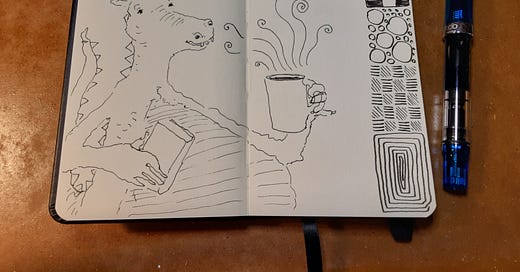



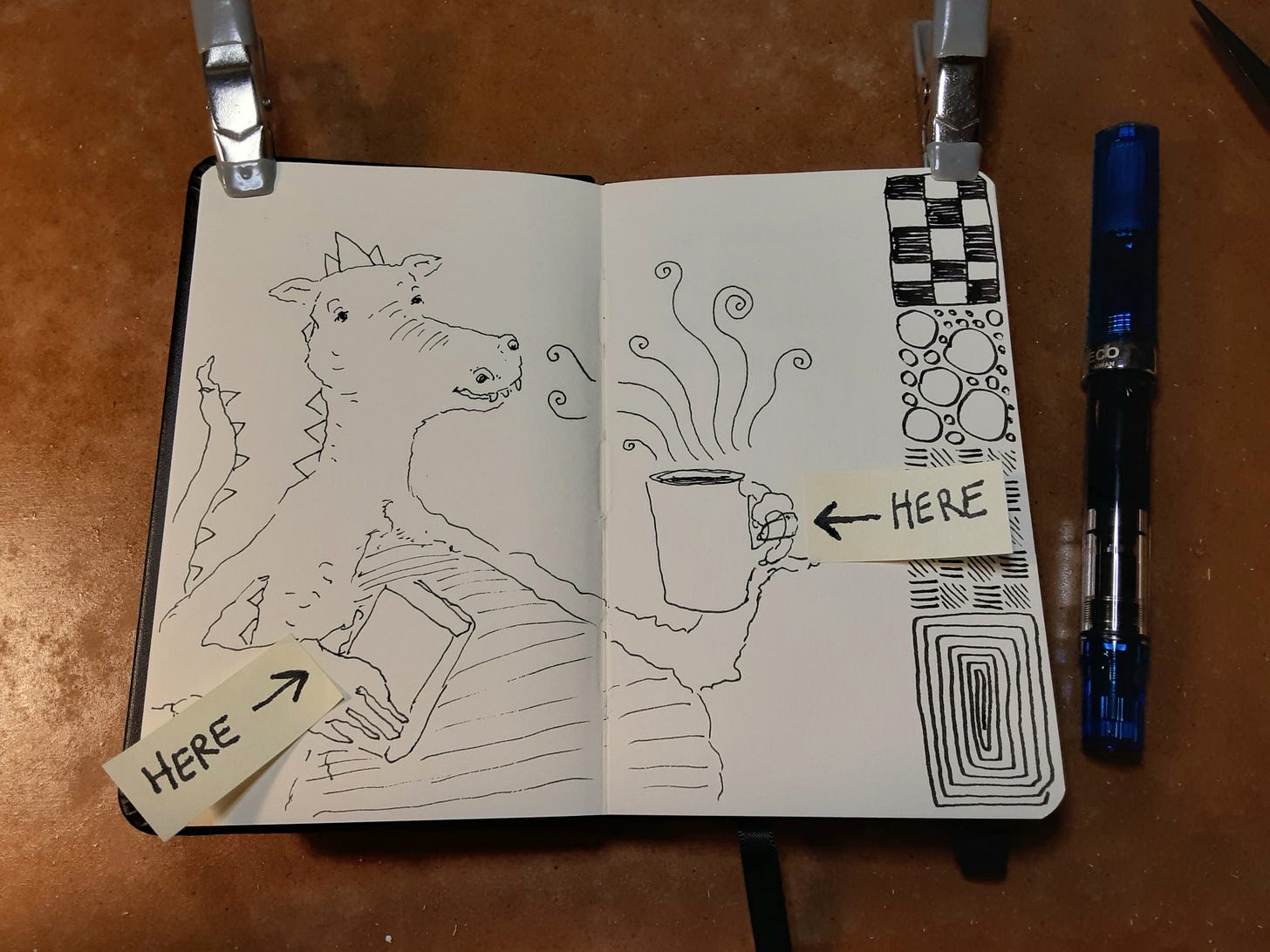
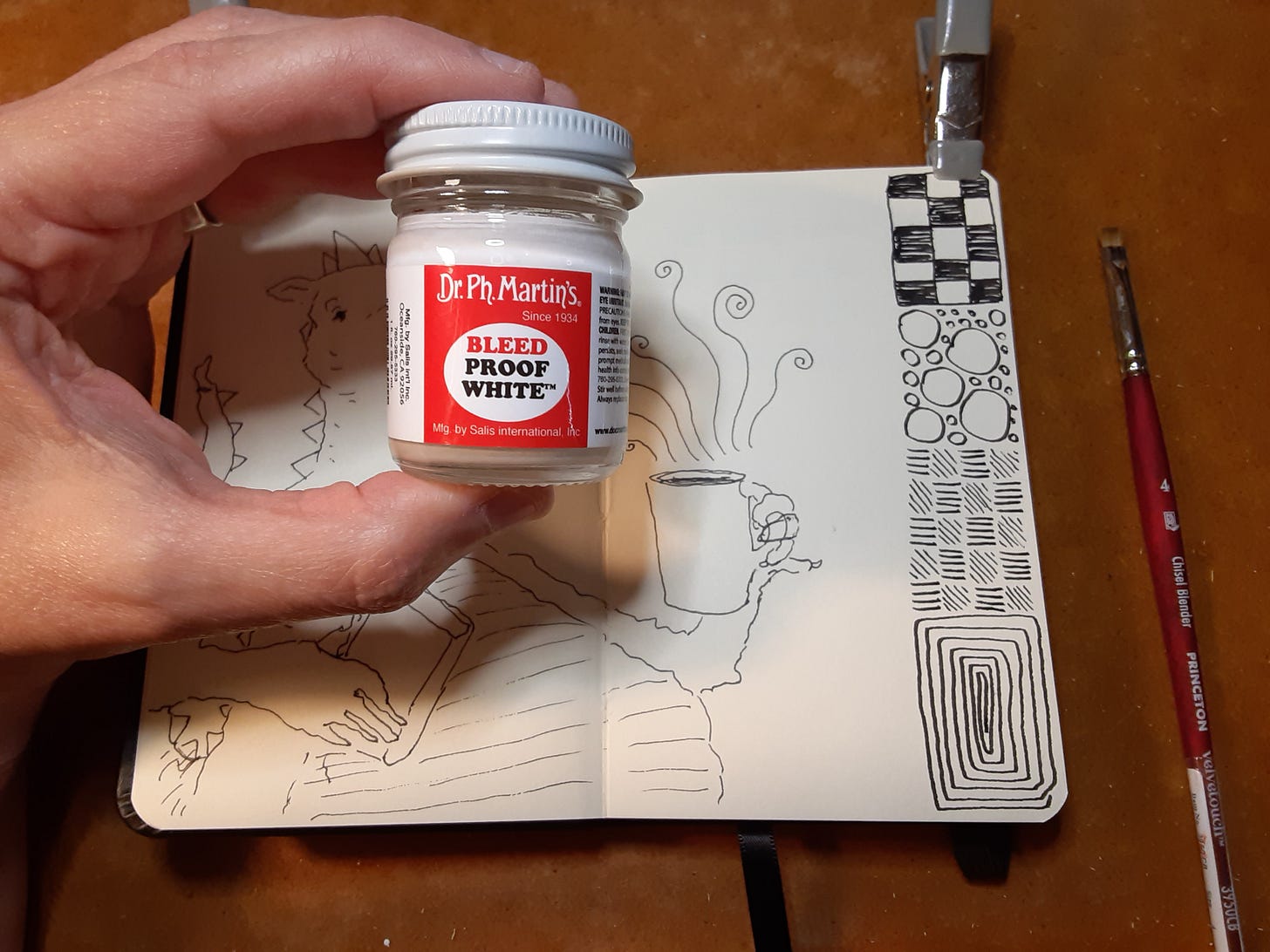
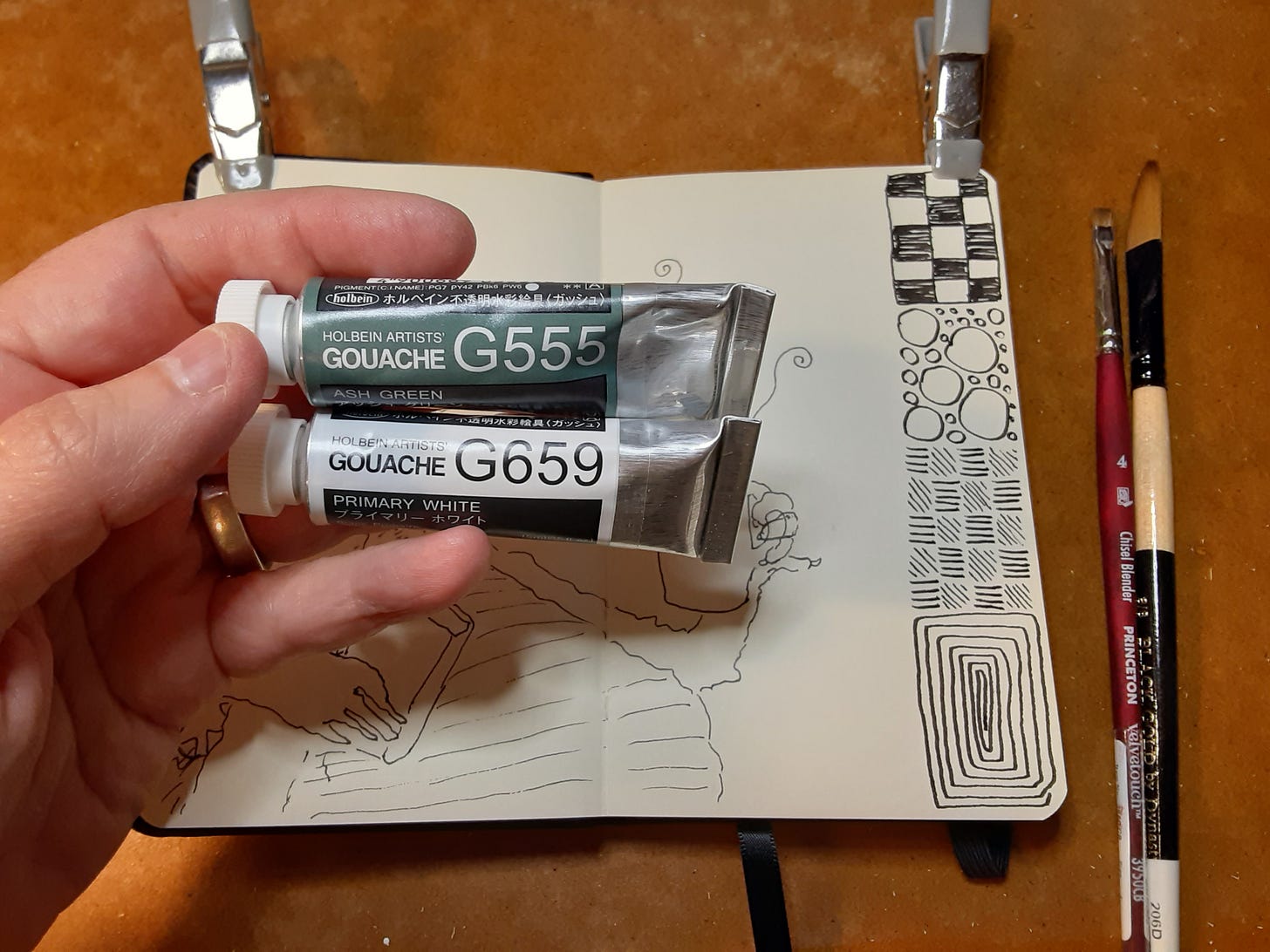
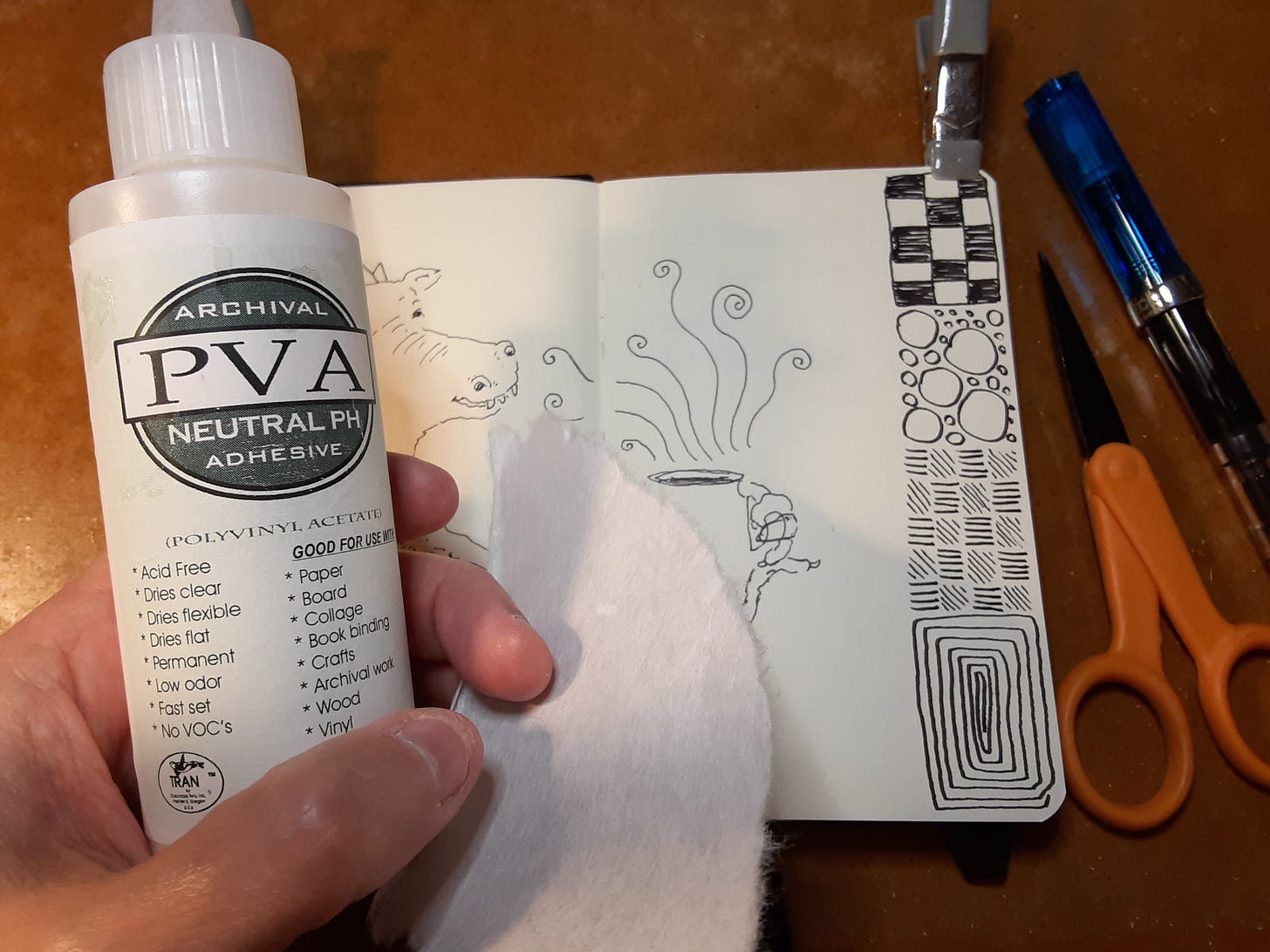
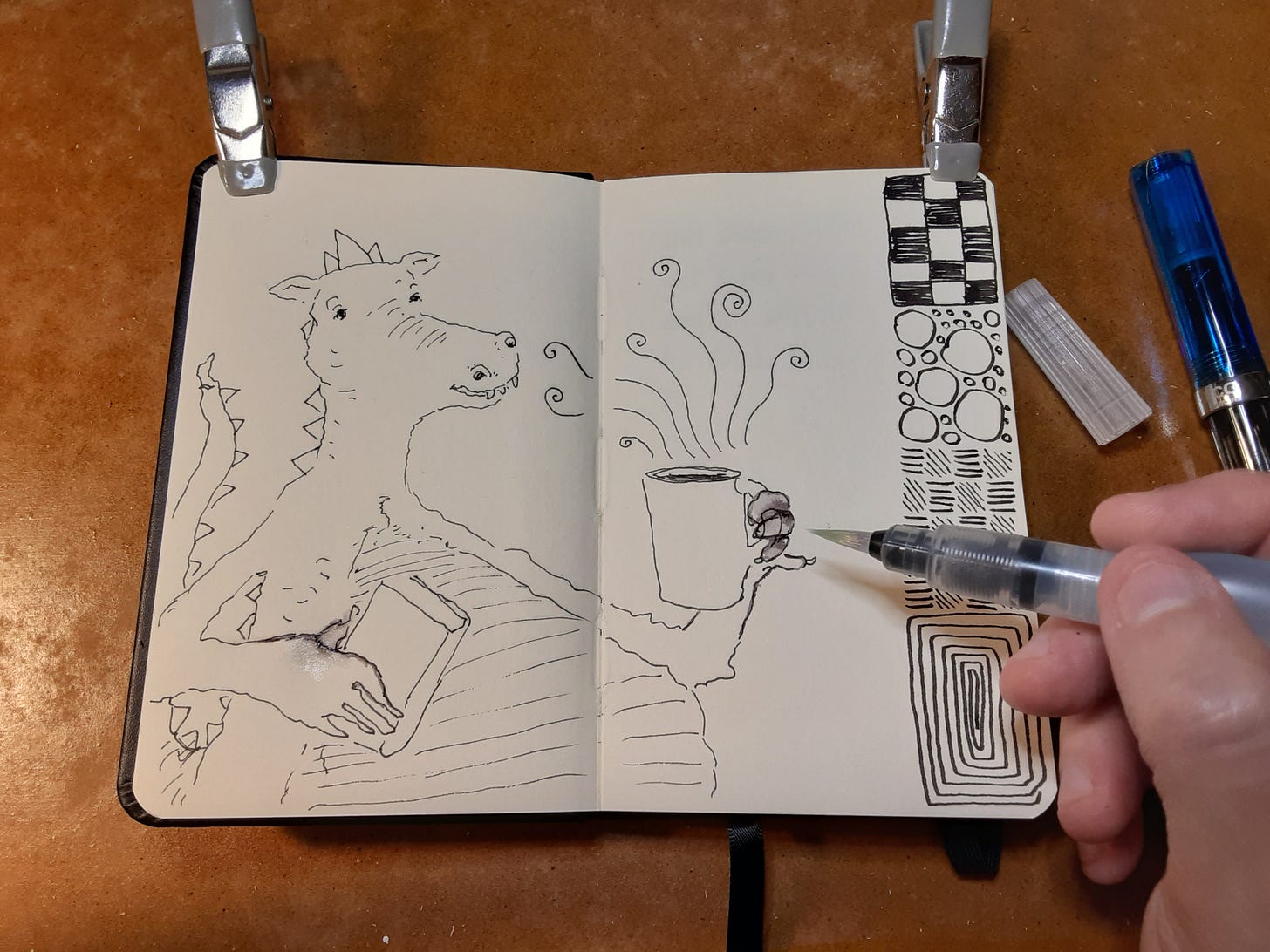
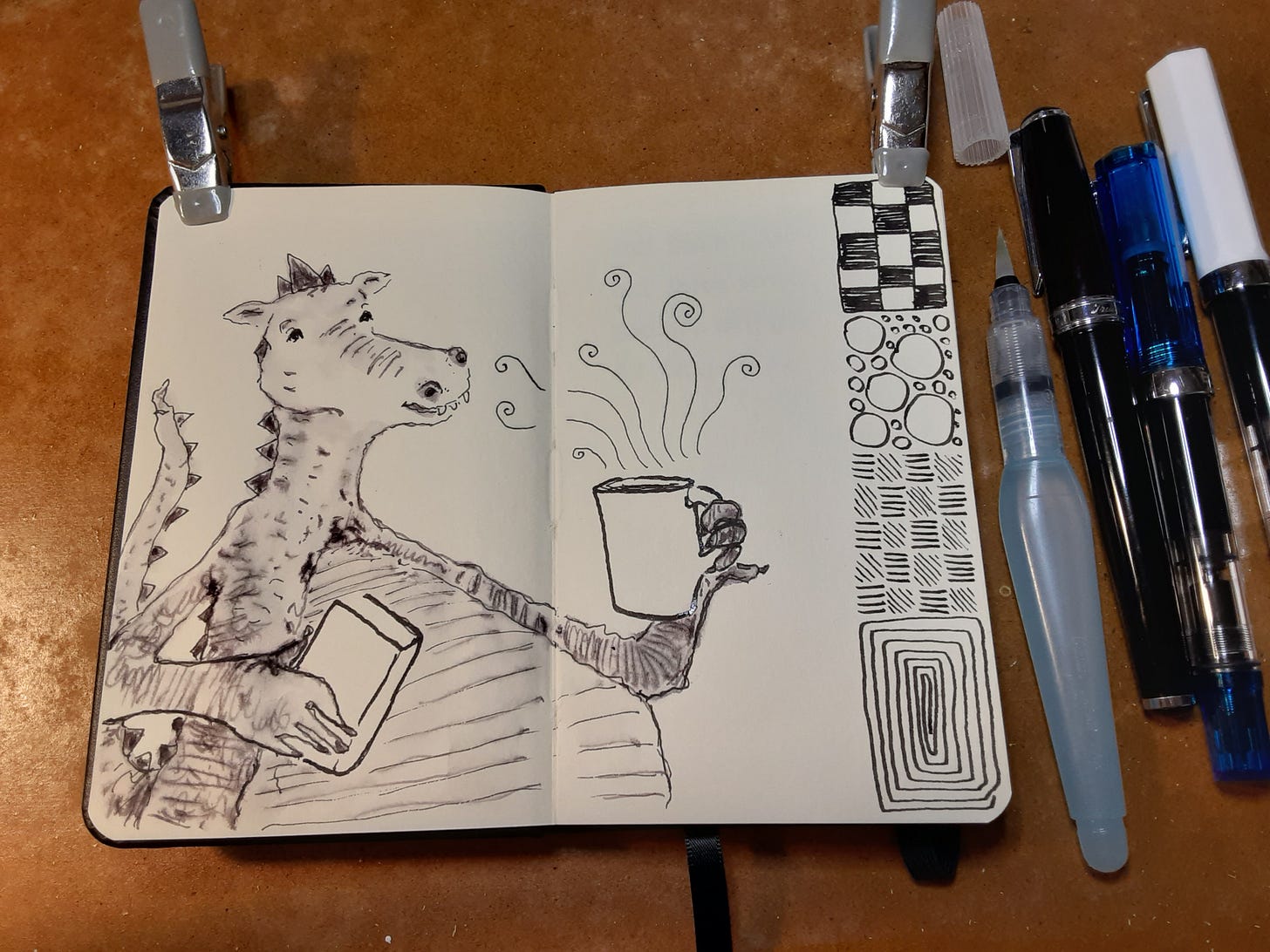



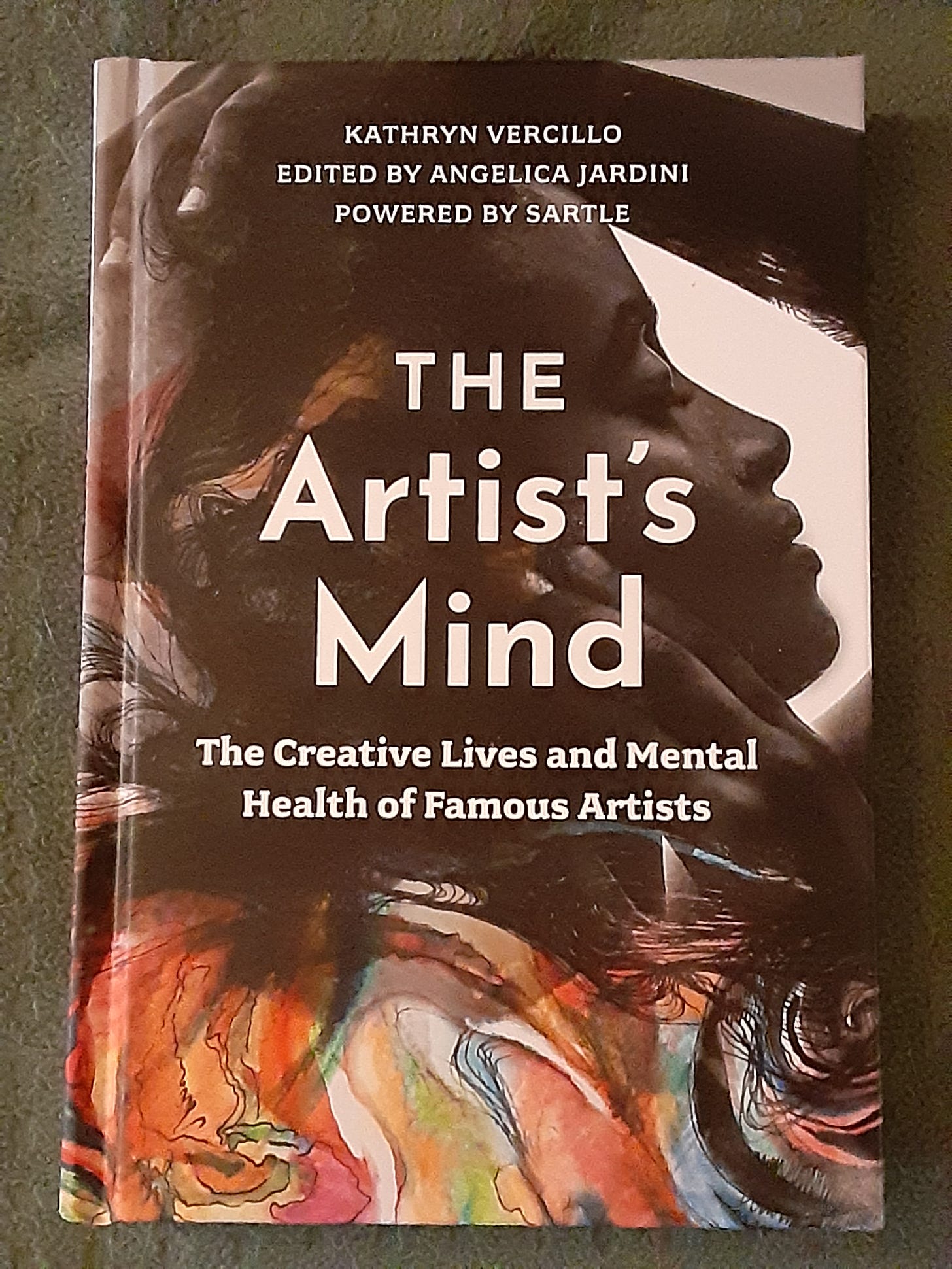
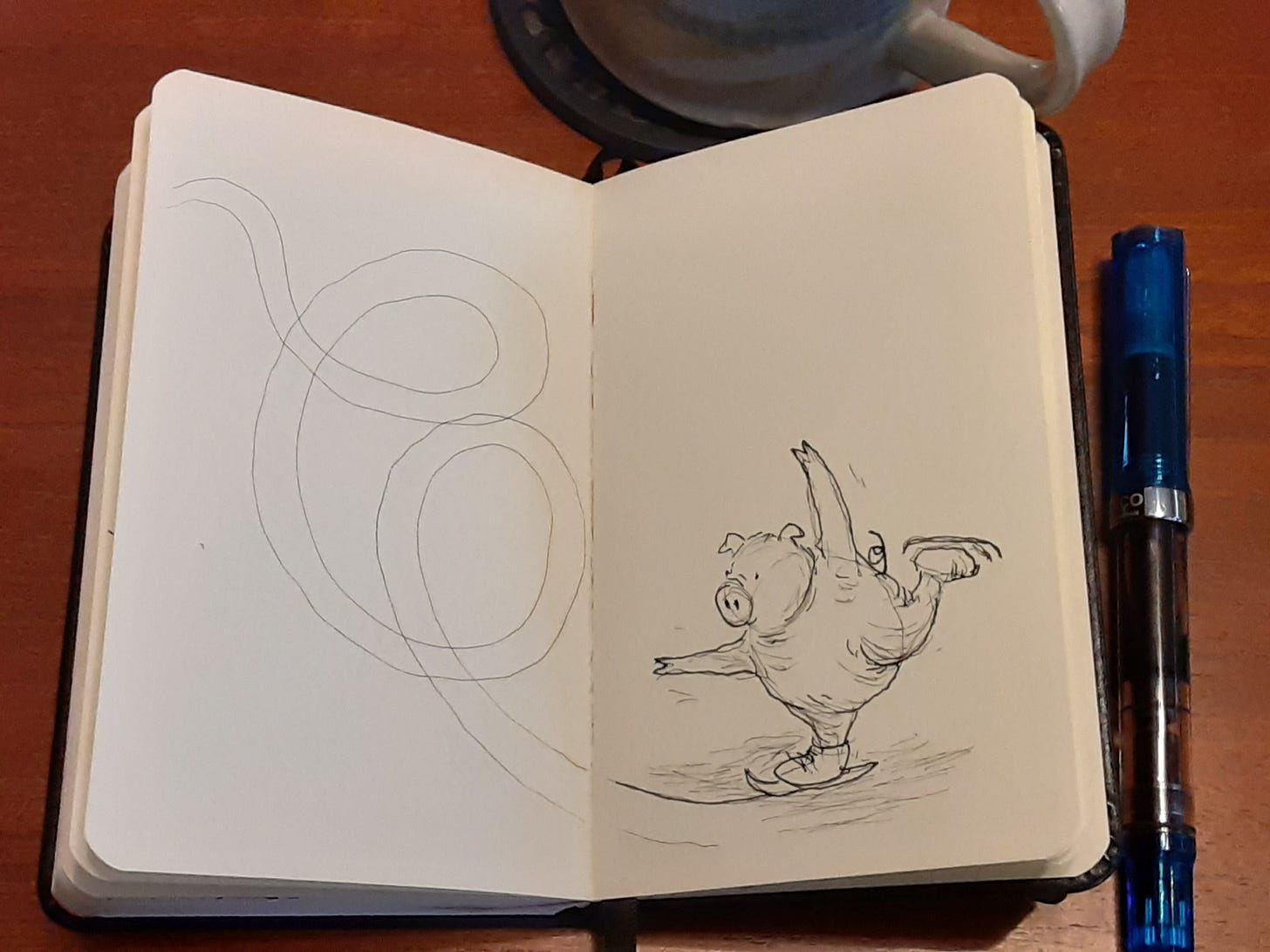
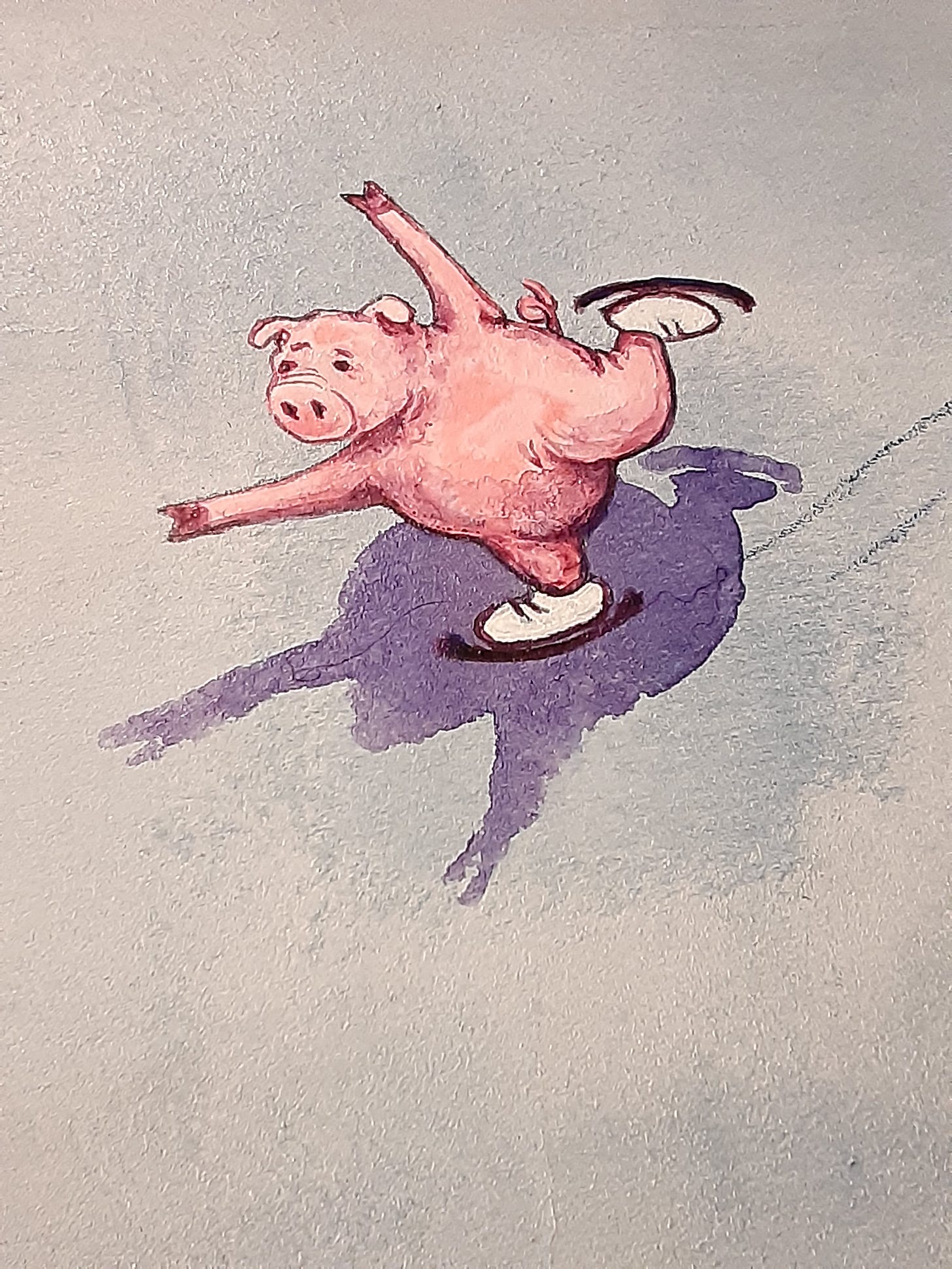
For what it's worth, I did not identify either mistake even when prompted to seek them out. I appreciate you sharing a variety of solutions to correcting such errors. As someone who also works in ink, it is difficult for our brains not to just keep focusing on those errors so having some recommendations for dealing with them is great.
My new mantra: “Anything goes”!